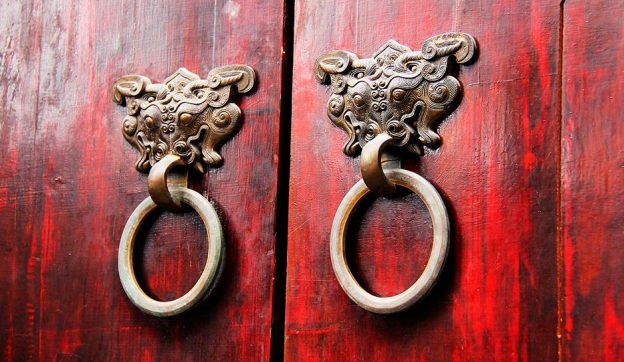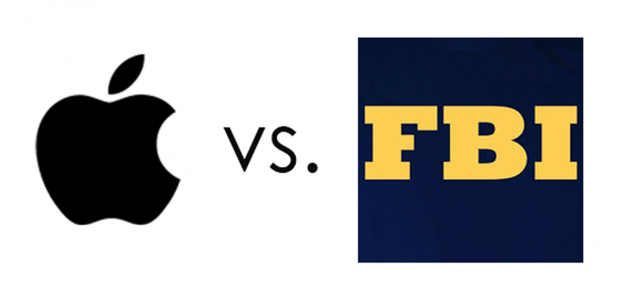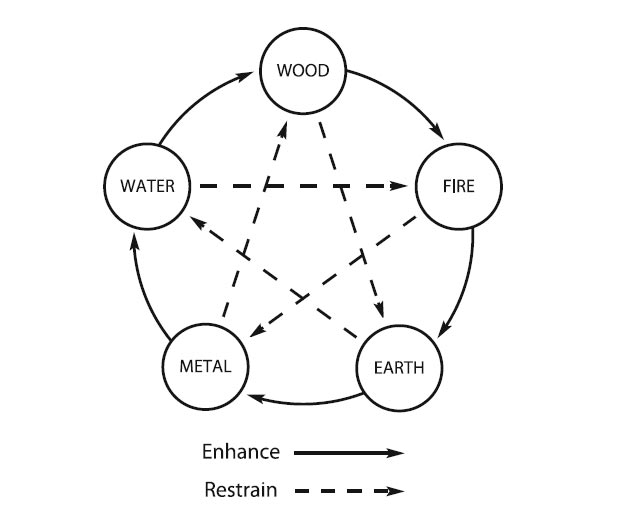
The recent unrest in Ukraine over its president Viktor Yanukovish backing out of a trade deal with the European Union, prompted one of my students in Kiev, to ask me about the national flag of Ukraine. How does the flag of Ukraine reflect the fate of the country? The flag is composed two equal sized blue and yellow bands. Originally, yellow on the top, now it is reversed and blue sits on top. Does this make any difference?
As we know, any successful company in the world has a good logo; such as, Apple computer, Facebook, Google, Nike, Mercedes Benz, and Twitter, to name a few. Likewise, any strong country in the world has a good flag design.
The most common national flag design is the combination of colored bands in either a horizontal pattern (German, Russia, and Netherlands) or vertical pattern (France, and Italy). Flags could also have different design patterns such as the flag of USA, England, China and Japan.
Good design is reflected by the color combination and the form of the pattern. For the flag with color bands, ideally it should have a three-color combination such as the flags of Germany (black, red, yellow), France and Russia (blue, white, red), and Italy (green, white, red). If there are only two colors, it should have three bands such as the Austrian and Canadian flags. Three (either color or band) represents a Yang number with more dynamic energy. Two (color and band) is a yin number. It is static and has less momentum such as flags of Libya, Monaco, Poland, and Indonesia. (Indonesia, in spite of its largest population and big territory, does not play any important role in the world stage).
Ukraine’s national flag of blue and yellow was officially adopted for the first time in 1918 by a short lived Ukraine People’s Republic and then was restored in 1992. There were times when yellow was on the top and blue was on the bottom. There are some who argue that maybe it’s better to have yellow on top instead of blue. The real issue is that it has two-colors and two-bands. Both are Yin in number (even number), and the lack of Yang energy from the numerology in the flag reflects stagnation, conflict, and indecision for the fate of the country.
Good design follows Natural Laws; Yin Yang Theory and Five Element Theory. From the Five Element theory point of view, Blue (Wood element) and Yellow (Earth element) are in direct conflict. What is more, even though Wood controls Earth, the light blue is a weak Wood, which means it does not have a strong control over Earth. This reflects stagnation and indecision. Also, from a Yin-Yang theory point of view, Blue is a yin color, Yellow is a neutral color, thus the flag energy also leans more toward yin. The flag of strong and rich countries such as USA, China, Russia, Japan, German, France, Italy, Netherland, and Canada all have the color red, the Yang color, in their national flag.
Ideally, Ukraine should add a Yang element in its flag. This can be done by simply adding a red band to the flag. If there is a concern of being too similar with other countries, it can also consider inserting an emblem, of which reflects the historical and cultural identity in the center of flag to bridge the Blue and Yellow colors. But make the blue, a darker blue for strength.
To change a national flag is not an easy task. It will require much national debate. However, all manifestations begin with a simple thought of a simple person. Time will come when people’s energy will change, to a stronger energy and inspire the change of the flag, for the better future of the country.
Shan-Tung Hsu, Ph. D.
Blue Mountain Institute
Seattle, Washington USA
shantunghsu@gmail.com







